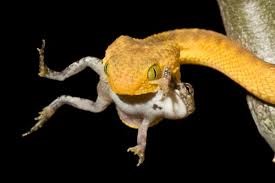A strong understanding of evolution is paramount to any education in biology. In this lesson students will be introduced to the concept of evolution and natural selection using a combination of presentation, worksheet, and several outdoor games and demonstrations. These activities will emphasis how populations change over time as a result of evolution by natural selection. Students will learn how we define evolution and natural selection, as well as the key components required for natural selection to occur. Using a series of demonstrations, students will also learn about the different forms of selection (directional, stabilizing, disruptive). Finally, these activities can all be used to identify and discuss the inaccuracies of several misconceptions of evolution by natural selection.
At the conclusion of the lesson, students will be able to:
- Explain what evolution is and how to define it
- Explain what natural selection is and understand the key components required for natural selection to occur (variation, selection, heredity)
- Understand three different types of natural selection (directional, stabilizing, disruptive)
- Construct and interpret graphs relating to evolution and natural selection
- Relate patterns to theory
- Use evidence and reason to form a conclusion
Resources:
- A game of selection lesson plan
- A game of selection powerpoint
- A game of selection rule sheet
- Forms of selection demonstration
- A game of selection worksheet
Lesson plan designed and created by GK-12 Fellow Michael Kuczynski, 2015

